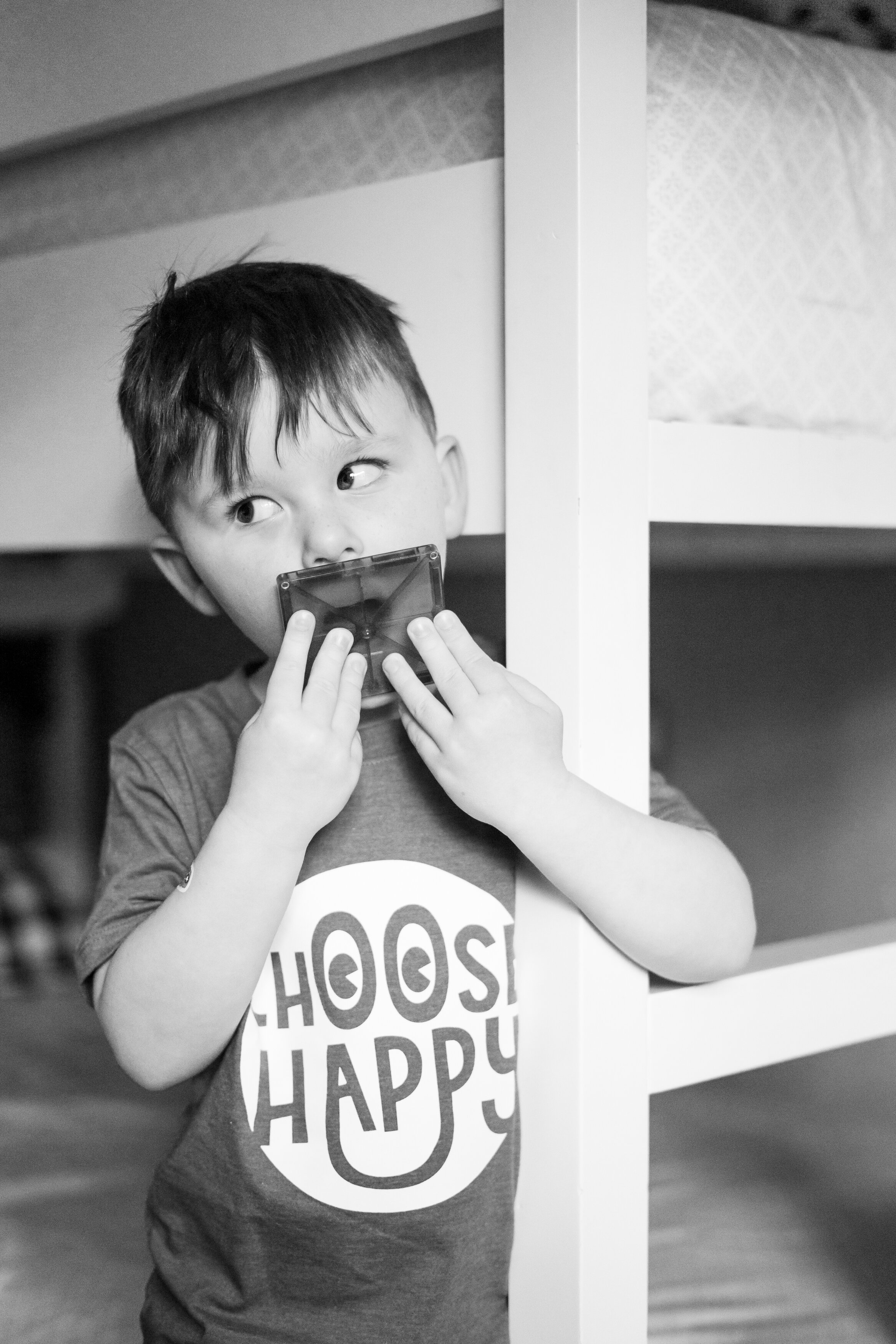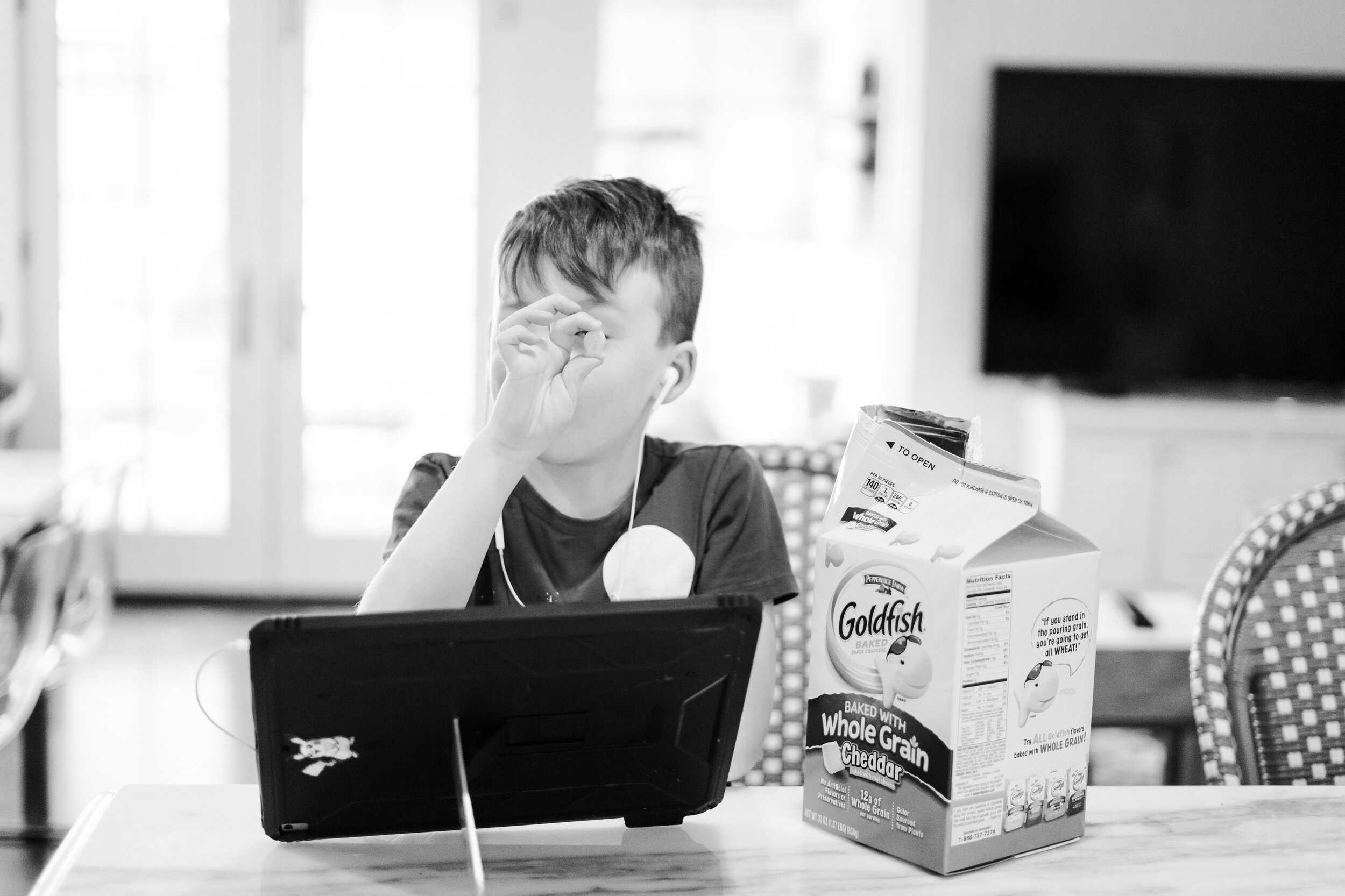Learning in the time of COVID: Framing Your Image and Composition
I’ve posted a few photography education lessons on my personal Facebook page and wanted to share here to spread the joy! Since we are all sitting at home during our Dallas Quarantine I figured most of my friends and family have a nice camera (or their phone) sitting on a shelf with plenty of time to learn how to use it!
Life in the time of COVID…
Let's change the dialogue. Let's discuss art and have a conversation about leading lines, contrast, envoking emotion through imagery, still images and the words they convey, rather than the fear and uncertainty that surrounds us.
Sweet friends who know me oh so well suggested last night on our Zoom call that I try and document some of this normalcy we're trying to create during Corona. Now, these are nothing special, and truly are what our days are consisting of after we complete assignments, but I'm going to try and find my artistic edge. Follow along if you want, or just scroll by, but either way I choose to find the beauty in this mundane. In this new normal. Whatever this is.
I think the black and white evokes a lot of emotion in photography, and feel it can tell more of a story. I sometimes say an image needs to "live"in black and white, and only found it appropriate for these.
If you're interested in using the camera you have on hand at home and have questions or have been wondering how to create that lens flare you see in photos, or how to get eyes to sparkle, or want to understand depth perception ask away! Would anyone be interested in learning a bit virtually? I'm no master and am self taught, but I guarantee if there is a question I can't answer, I can call upon my peers to help!
First up: Framing your image.
I often find something that makes an image look less professional and buttoned up is a crooked horizon line. It can throw off an entire image if your subject looks like they are teetering to one side or if your background isn't straight.
Find your subject and try to frame their surroundings around them. I have no problem placing my children in the exact place I want them or moving a customer one step to the left if that means the lines of the background are more symmetrical or create leading lines to the subject.
Make sure you move yourself vertically, horizontally, up and down whichever way in order to create a flat, straight-on point of view.
For instance, in most newborn photography the photographer is directly above. This can create emotion, but also flattens the canvas to create the most flattering horizon lines.
Consider moving your body in a way that creates a flat horizon line and keeps your subject sturdy for your camera.
Another fun thing to do when framing is creating negative space (the area of a photo that is either blank or has no meaning). How do you see negative space used in these images here?
What leading lines do you notice in this image? What drew your eye to the subject?
Framing the subject: Does it bother you the subject is off-center or do you feel it adds to the image?
Framing the image: Major debate. How do you feel about cutting off limbs? Is is a no-no or appropriate at times?
Framing the image: How does the placement of the child's arm add to the image? Does it take away something?
Framing the image: Notice I took the lines of the stairs to create the anchor and made them the straight lines of the image.
Negative space: How does the use of negative space tell a story here? To what is your eye drawn?
Framing the image: Horizontal lines, subjects centered, this is a pretty straight forward image. How did I create leading lines to draw your eye to the subject?
A great article that explains the main points of composition can be found here. I love using what I learned in my college art history classes (should have definitely minored in it!) in my photography. Mostly, implied lines or lined that aren’t physically there but are created in our minds by visual prompts by using lines or objects.
I also love to create a cyclical pattern that the eye can follow while composing the image. In this final photo the circular pattern can be shown counter-clockwise as: goldfish, curve of fingers, curve of headphone wire, iPad lines, Goldfish box opening leading back up to the face. Find your favorite piece of art and see if you can find the cyclical pattern in it, even if the subject isn’t in the center of the frame!
Let me know if you have questions I can answer, or ideas for topics you’d like me to cover!









